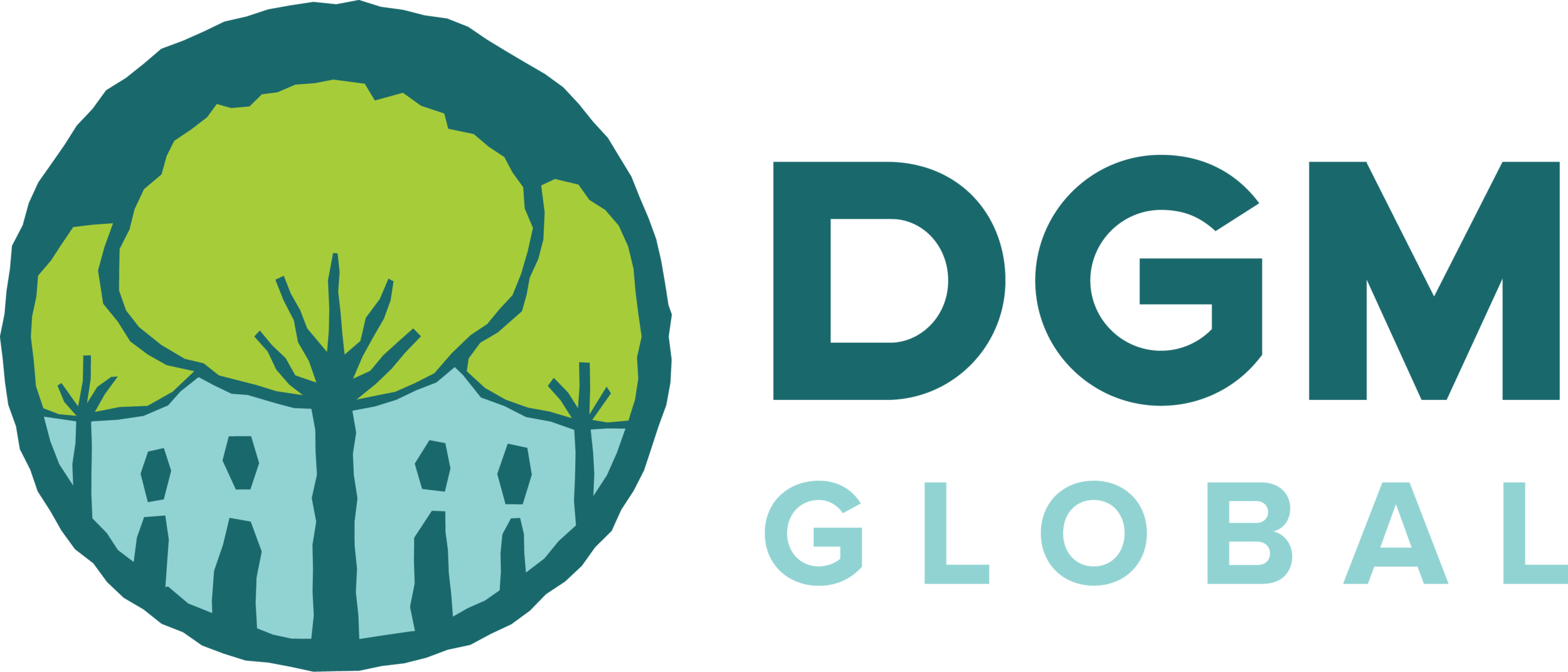Descripción general | Brasil | Burkina Faso | Costa de Marfil | RDC | Ecuador | Ghana | Guatemala | Indonesia | México | Mozambique | Nepal | Perú | República del Congo
Perú
Mecanismo de Donaciones Específico para Pueblos Indígenas y Comunidades Locales Saweto
Documento del proyecto
Financiamiento: 5,5 millones de USD
Aprobación del Programa de Inversión Forestal: Mayo de 2015
Aprobación del Banco Mundial: Septiembre de 2015
Implementación: De octubre de 2015 a septiembre de 2020
Comité Directivo Nacional: Lista
Organismo Nacional de Ejecución: WWF Perú
Página web del proyecto | Fondos de Inversión en el Clima | Banco Mundial
Facebook | Twitter | YouTube
Objetivos: Apoyar a los pueblos indígenas de comunidades seleccionadas en la Amazonía peruana en sus esfuerzos para mejorar sus prácticas de gestión forestal sostenible.
Organizaciones comunitarias
El MDE de Perú participa con comunidades indígenas del país a través de asociaciones con organizaciones nacionales y regionales, cada una en representación de varias comunidades. A nivel nacional, el AIDESEP y CONAP forman a partes iguales el Comité Directivo Nacional del proyecto, cada uno representa a nueve organizaciones regionales que pueden implementar subproyectos del MDE.
Reconocimiento y titulación
Uno de los objetivos principales del MDE de Perú es fomentar los derechos y la tenencia de tierras de la comunidad indígena. Al consolidar sus derechos a la tierra, las comunidades pueden ayudar a proteger sus tierras y bosques de la invasión ilegal. El proyecto tiene como metas apoyar a 310 comunidades indígenas para alcanzar al reconocimiento legal y a 130 comunidades para que cuenten con la titulación de las tierras.
Gestión de los recursos naturales
El MDE de Perú también financia pequeños subproyectos comunitarios que contribuyen a la gestión forestal sostenible y mejoran la seguridad alimentaria y generan ingresos. Estos subproyectos se centran en la agrosilvicultura, la seguridad alimentaria y la gestión de productos forestales no derivados de la madera. El MDE de Perú ha reservado 500.000 USD para propuestas de subproyectos o [proyectos] liderados por mujeres.


















Tropical forests hold the potential to provide one-third of the near-term solution to mitigate climate change. Growing evidence demonstrates that when the rights of Indigenous Peoples to their land and natural resources are respected, deforestation rates are lower than in areas managed by the government.